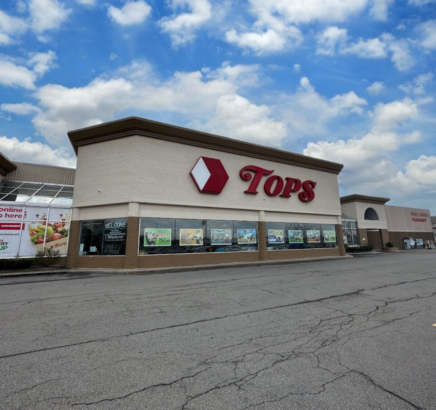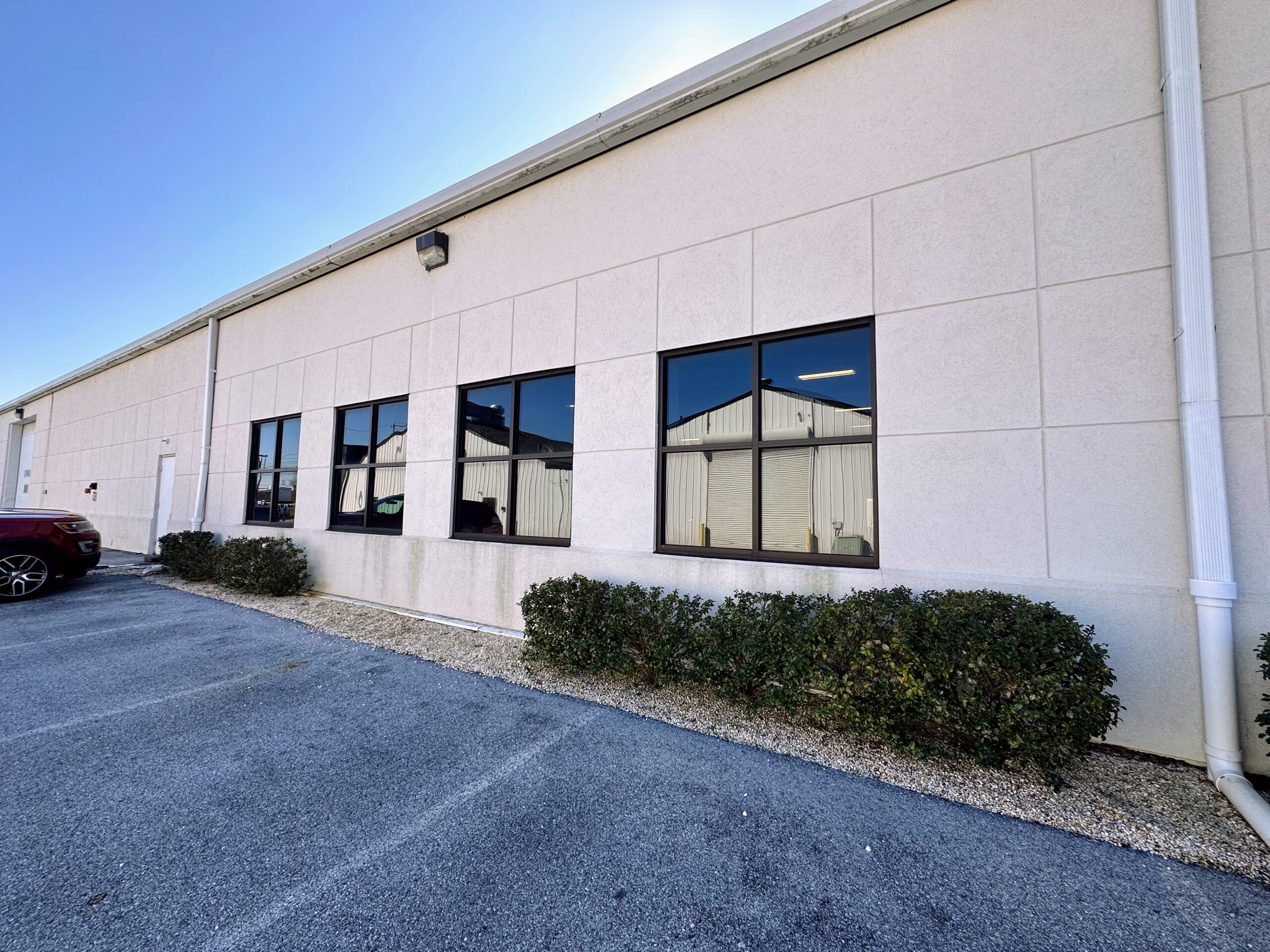Comparison of CRE Leases

There are several types of lease structures when it comes to commercial real estate, and generally speaking, the type of property often determines what type of lease structure is commonly used. Typically, the main difference between these structures is the financial responsibility between Landlord and Tenant.
- Office Spaces:
-
-
- Lease Type: Full-Service Lease or Modified Gross Lease
- Details: Landlord covers most operating expenses, including utilities, maintenance, and janitorial services.
-
- Retail Spaces:
-
-
- Lease Type: Triple Net (NNN) Lease
- Details: Tenant pays their proportionate share of property taxes, insurance, and common area maintenance (CAM) costs. In a nutshell, if the tenant occupies 10% of the property, they pay 10% of the expenses.
-
- Industrial/Warehouse Spaces:
-
-
- Lease Type: Triple Net (NNN) Lease or Modified Gross Lease
- Details: Triple Net Leases are common, especially for larger industrial spaces, shifting the responsibility of property expenses to the tenant. In other cases, the tenant may only be responsible for things like utilities feeding into their space.
-
- Medical Office Spaces:
-
-
- Lease Type: Full-Service Lease, Modified Gross Lease, or Triple Net Lease
- Details: Older medical office leases commonly used Full-Service and/or Modified Gross lease structures. In these scenarios, the tenant would either not be responsible for addition charges (Full Service), or be responsible for some additional charges such as utilities (Modified Gross).
-
- Restaurant Spaces:
-
-
- Lease Type: Triple Net (NNN) Lease
- Details: Tenant pays their proportionate share of property taxes, insurance, and common area maintenance (CAM) costs.
-
- Shopping Centers:
-
-
- Lease Type: Triple Net (NNN) Lease
- Details: Tenant pays their proportionate share of property taxes, insurance, and common area maintenance (CAM) costs. IN a nutshell, if the tenant occupies 10% of the property, they pay 10% of the expenses.
- It’s common for anchor and/or larger tenants (ie. Publix, Home Depot etc.) to have an annual cap on how much their share of CAM expenses can increase year-over-year. 3-5% annual CAM caps are common.
-
- Mixed-Use Developments:
-
- Lease Type: Varied, based on the specific use and tenant mix
- Details: Mixed-use properties may have a combination of lease types, tailoring agreements to the needs of the individual tenants, whether they’re residential, retail, or office spaces.
Progress Realty Partners focuses on buying properties that have NNN leases, namely industrial and retail. This way, when operating expenses like landscaping, snowplow, RE taxes and insurance increase, it doesn’t hurt our bottom line or impact investor returns.
 Learn More
Learn More
 Learn More
Learn More